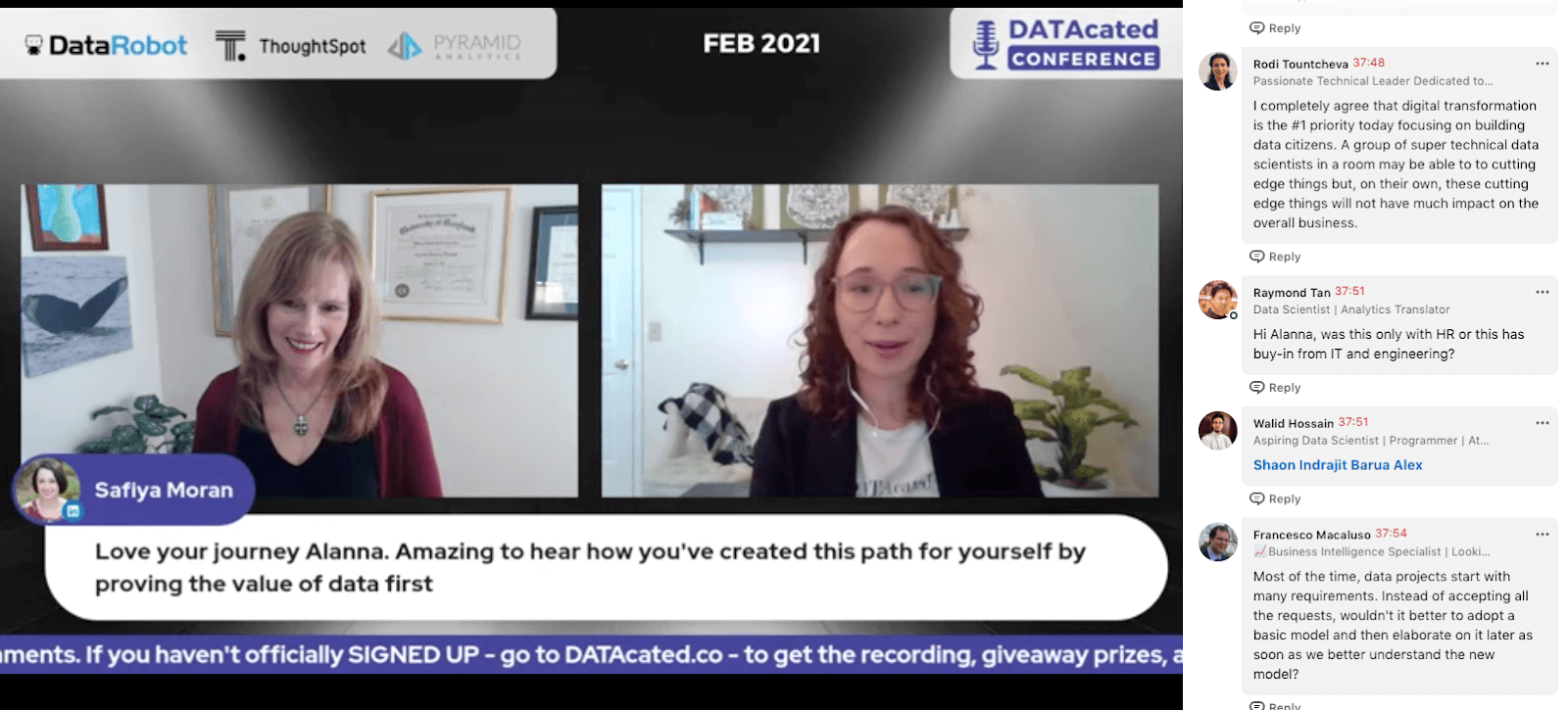Nine years ago, Tom Davenport and DJ Patil made a statement that’s become iconic in the technology industry: data science is the sexiest job of the 21st century.
Despite it’s (intentionally) provocative headline, this had a ring of truth to it for almost a decade. Organizations across industries sought to unlock transformative growth through the apparent magic of artificial intelligence, machine learning, and data science.
Mind the expectation gap
This caused demand for scarce data science talent to skyrocket, pushing salaries through the roof and giving an enviable sheen to anyone in the field. Like most technology trends, however, the hype and the reality of what data science could accomplish weren’t aligned.
In 2021, the mismatch of expectation and reality will cause data science to lose its luster. For most organizations, their investments in AI and machine learning have failed to produce the promised results.
The data scientists themselves are not to blame. For the most part, they’ve done what they were trained to do. Instead, it’s the gaps between data science talent, the AI and machine learning technology that many are trained to use, and the business problems they seek to solve that are creating this friction and preventing the promised value from being delivered.
As many as 85% of big data and machine learning projects fail to produce ROI, according to MIT Sloan Review.
Reimaging data science for the 2020s
Those trained in data science have incredible education when it comes to computer science, math and statistical models. Too often, however, they’ve been undertrained in business applications and domain expertise.

At the recent DATAcated Conference, I shared my thoughts on the gap between business and data science knowledge - and was surprised how many other data leaders agreed
This lack of training is the culprit, keeping data science from delivering the value many expect. Further, there’s been little to no emphasis on requisite communication and data storytelling skills. It’s this overemphasis on technical skills and under emphasis of business and soft skills that have led to not only a communication gap, but an imagination gap.
I have seen some exciting work done by organizations to help address these issues, including codevelopment of curriculum with universities to broaden instruction from math and tech skills to include business acumen, communication, and versatility. In fact, the most successful data scientists themselves aren’t just sitting back; they’re actively self-training and upskilling themselves in these areas, too.
It’s these individuals, who can bridge the analytics with business outcomes, who will have the sexiest career of the coming decade. Individuals I like to call analysts of the future.
More trends for 2021
This data science development is just one of the key trends I see shaping the world of data professionals in 2021 and beyond. To learn what other trends are top of mind — and how you can turn them into opportunities— download my latest ebook, Six Top Trends and Predictions for Data, Analytics, and AI in 2021 today. You can also reach out to me on LinkedIn to share your own predictions.








